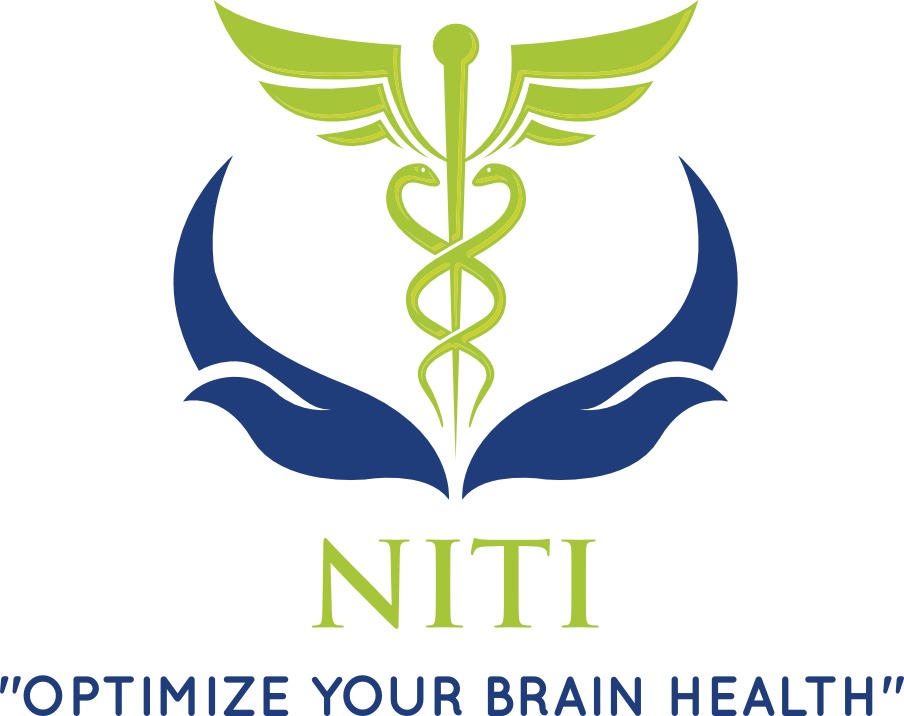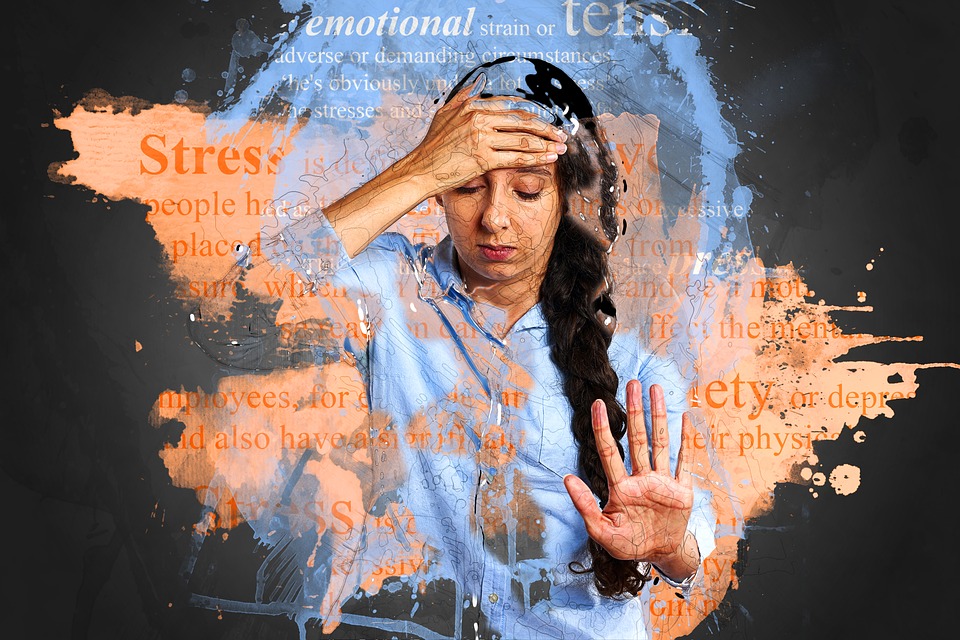Anxiety
Anxiety is part of our day to day life. Some level of anxiety is normal and expected. One can feel anxiety before taking an exam, while starting a new job, before job interviews, going on your first international trip or trying to meet an important deadline. But sometimes the anxiety features can become excessive, become worse if not addressed and could start to influence day to day life, job performance, school work, relationships and self-esteem.
In most individuals anxiety stems from stress, worries, and fears of the unknown in your mind leading to your brain misinterpreting or anticipating it as real danger. As a result the sympathetic nervous system, which is the “fight or flight response” gets activated and in turn releases hormones and neurotransmitters that send the person into a stage acute stress or panic attack.
Our unique integrated treatment approach
At NITI we start with a free consultation as we would like to spend time to understand your situation and discuss how our customized integrated approach can help alleviate your symptoms of anxiety and life long suffering. We will discuss and show you our treatment modalities so you can make an informed decision.
Our treatments start with EEG (eyes open & eyes closed) recording followed by discussing the findings of a 60 page QEEG report by our BCN (Board Certified Neurofeedback Therapist) clinician to understand the underling primary issues in the brain that may be causing the symptoms of anxiety. This assessment along with other psychological assessments help our clinician to create a customized treatment protocol.
If do not have to quit taking medication to participate in out treatments. In fact, we will work with you and your physician to decrease the needs of medication as your treatment progresses and you start to feel better. Our goal is to make you learn skills and re-train your brains dysregulated pathways so that you will not rely on medications and instead lead a worry free life.
Through brain training and using neuroplasticity, a person can change their thinking habits and diminish anxiety symptoms. The best part is that one’s your brain is optimally functioning and you have learnt effective coping skills the improvements sustain after you stop treatments.
Please ask our clinicians to share with you pre and post treatment QEEGs to show how effective our treatments are. If you are still not convinced then we can let you speak with our satisfied clients and seek their experiences.

Please ask our clinicians to share with you pre and post treatment QEEGs to show how effective our treatments are. If you are still not convinced then we can let you speak with our satisfied clients and seek their experiences.
Call today to make a free consultation appointment 815-931-0047
We do accept most major insurance PPO plans. https://www.nimh.nih.gov/health/topics/anxiety-disorders/index.shtml
There are several types of anxiety disorders, including generalized anxiety disorder, panic disorder, and various phobia-related disorders.
Signs and Symptoms
Generalized Anxiety Disorder: People with generalized anxiety disorder (GAD) display excessive anxiety or worry, most days for at least 6 months, about a number of things such as personal health, work, social interactions, and everyday routine life circumstances. The fear and anxiety can cause significant problems in areas of their life, such as social interactions, school, and work.
Generalized anxiety disorder symptoms include:
· Feeling restless, wound-up, or on-edge
· Being easily fatigued
· Having difficulty concentrating; mind going blank
· Being irritable
· Having muscle tension
· Difficulty controlling feelings of worry
· Having sleep problems, such as difficulty falling or staying asleep, restlessness, or unsatisfying sleep
Panic Disorder
People with panic disorder have recurrent unexpected panic attacks. Panic attacks are sudden periods of intense fear that come on quickly and reach their peak within minutes. Attacks can occur unexpectedly or can be brought on by a trigger, such as a feared object or situation.
During a panic attack, people may experience:
· Heart palpitations, a pounding heartbeat, or an accelerated heartrate
· Sweating
· Trembling or shaking
· Sensations of shortness of breath, smothering, or choking
· Feelings of impending doom
· Feelings of being out of control
People with panic disorder often worry about when the next attack will happen and actively try to prevent future attacks by avoiding places, situations, or behaviors they associate with panic attacks. Worry about panic attacks, and the effort spent trying to avoid attacks, cause significant problems in various areas of the person’s life, including the development of agoraphobia (see below).
Phobia-related disorders
A phobia is an intense fear of—or aversion to—specific objects or situations. Although it can be realistic to be anxious in some circumstances, the fear people with phobias feel is out of proportion to the actual danger caused by the situation or object.
People with a phobia:
· May have an irrational or excessive worry about encountering the feared object or situation
· Take active steps to avoid the feared object or situation
· Experience immediate intense anxiety upon encountering the feared object or situation
· Endure unavoidable objects and situations with intense anxiety
There are several types of phobias and phobia-related disorders:
Specific Phobias (sometimes called simple phobias): As the name suggests, people who have a specific phobia have an intense fear of, or feel intense anxiety about, specific types of objects or situations. Some examples of specific phobias include the fear of:
· Flying
· Heights
· Specific animals, such as spiders, dogs, or snakes
· Receiving injections
· Blood
Social anxiety disorder (previously called social phobia): People with social anxiety disorder have a general intense fear of, or anxiety toward, social or performance situations. They worry that actions or behaviors associated with their anxiety will be negatively evaluated by others, leading them to feel embarrassed. This worry often causes people with social anxiety to avoid social situations. Social anxiety disorder can manifest in a range of situations, such as within the workplace or the school environment.
Agoraphobia: People with agoraphobia have an intense fear of two or more of the following situations:
· Using public transportation
· Being in open spaces
· Being in enclosed spaces
· Standing in line or being in a crowd
· Being outside of the home alone
People with agoraphobia often avoid these situations, in part, because they think being able to leave might be difficult or impossible in the event they have panic-like reactions or other embarrassing symptoms. In the most severe form of agoraphobia, an individual can become housebound.
Separation anxiety disorder: Separation anxiety is often thought of as something that only children deal with; however, adults can also be diagnosed with separation anxiety disorder. People who have separation anxiety disorder have fears about being parted from people to whom they are attached. They often worry that some sort of harm or something untoward will happen to their attachment figures while they are separated. This fear leads them to avoid being separated from their attachment figures and to avoid being alone. People with separation anxiety may have nightmares about being separated from attachment figures or experience physical symptoms when separation occurs or is anticipated.
Risk Factors:
Researchers are finding that both genetic and environmental factors contribute to the risk of developing an anxiety disorder. Although the risk factors for each type of anxiety disorder can vary, some general risk factors for all types of anxiety disorders include:
· Temperamental traits of shyness or behavioral inhibition in childhood
· Exposure to stressful and negative life or environmental events in early childhood or adulthood
· A history of anxiety or other mental illnesses in biological relatives
· Some physical health conditions, such as thyroid problems or heart arrhythmias, or caffeine or other substances/medications, can produce or aggravate anxiety symptoms; a physical health examination is helpful in the evaluation of a possible anxiety disorder.
Your Health Starts Here
If you think that you or someone you know may benefit from our treatments
please call for a free consultation at 815-931-0047



